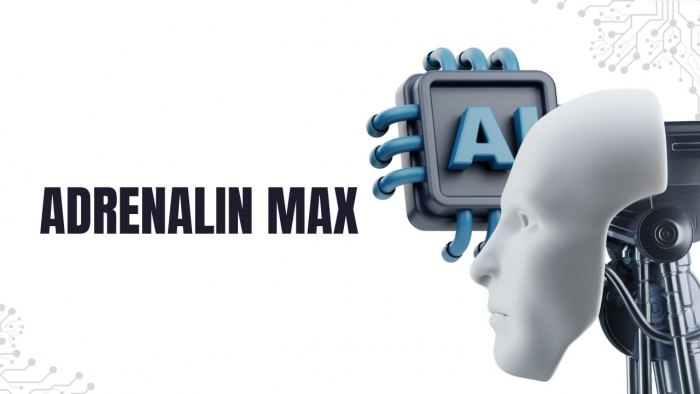Related Articles

In today’s fast-paced digital world, writing is no longer just about creativity—it’s also about efficiency. Whether you’re a blogger, marketer, student, or business professional, the demand for producing high-quality content quickly can be overwhelming. That’s where AI writing tools step in. These tools leverage advanced natural language processing (NLP) and machine learning to generate ideas, draft content, edit text, and even optimize for SEO. The result? Less time spent on tedious tasks and more focus on creativity and strategy.
In this blog, we’ll explore the top AI-powered tools that can help you automate your writing process, making content creation faster, smarter, and more effective.
ChatGPT is a leading AI tool that can assist with drafting blog posts, emails, reports, and even creative writing. It adapts to different tones and formats, making it ideal for a wide range of writing needs.
Jasper is designed specifically for marketers and content creators. It helps generate ad copy, social media captions, landing pages, and blog posts while maintaining brand voice consistency.
Copy.ai offers templates for blog introductions, product descriptions, ad copy, and social media posts. It’s a great choice for writers who want instant drafts and ideas.
Writesonic uses AI to generate full-length blog posts, articles, and marketing content. Its integration with SEO tools makes it a good pick for content marketers aiming to rank on search engines.
While not a content generator, Grammarly is essential for polishing AI-generated or human-written drafts. It corrects grammar, improves clarity, and suggests better word choices.
QuillBot helps users rephrase content while maintaining meaning. It’s useful for repurposing content, improving readability, or avoiding repetitive phrasing.
Sudowrite is tailored for novelists, screenwriters, and storytellers. It helps brainstorm plot twists, develop characters, and overcome writer’s block.
| Tool | Key Features | Pros | Cons / Limitations | Pricing (approx) |
|---|---|---|---|---|
| Jasper | Long-form drafting, templates, brand voice memory, integrations, “canvas” workflows | Excellent for marketing content, team collaboration, brand consistency | Can be expensive as usage grows; outputs may need fact-checking | Pro plan ~ US$59/user/month (billed yearly) or US$69/month “Business / Enterprise” — custom pricing for teams |
| Writesonic | Blog & article generator, SEO integration (Surfer), templates, image generation (Photosonic) | Strong for quick drafts, SEO optimization, multi-format support | Quality depends on prompts; advanced SEO features need add-ons | Free tier: up to ~10,000 words Paid plans start ~ US$19/month for ~33,333 “premium words” High tiers / enterprise for heavier use |
| Grammarly | Grammar & spell correction, style suggestions, tone, plagiarism check, generative AI features | Excellent for polishing writing; integrates widely (Word, browser, email, etc.) | Doesn’t generate long-form content from scratch (beyond short prompts) | Free: basic grammar checking, limited AI prompts (100/month) Pro: US$12/member/month (annual billing) Enterprise: custom pricing for teams, with extra control & support |
| QuillBot | Paraphrasing, summarization, grammar fix, multilingual support, synonym / tone modes | Great for rewrites, rephrasing content, avoiding repetition | Not built for full content generation | Free version: limited paraphrasing (~125 words) Paid plan (~ US$9.95/month) unlocks full modes and higher limits |
| Sudowrite | Creative / fiction writing: plot ideas, character prompts, “twist” feature, rewriting, brainstorming | Superb for storytelling, overcoming writer’s block | Not ideal for business / technical writing; pricing is usage-based (credits) | Hobby & Student: US$19/month (or ~US$10/mo if billed annually) for ~225,000 credits Professional: US$29/month (or ~US$22 annual) for ~1,000,000 credits Max: US$59/month (or ~US$44 annual) for ~2,000,000 credits (rollover in Max) |
Automating your writing process doesn’t mean losing your unique voice—it means giving yourself more room to focus on creativity and strategy while letting AI handle the repetitive tasks.
The best approach? Experiment with a mix of tools to find the perfect balance between automation and originality.
Be the first to post comment!
